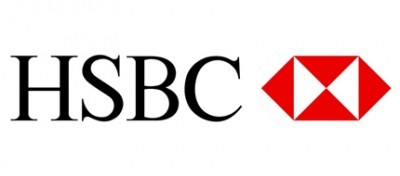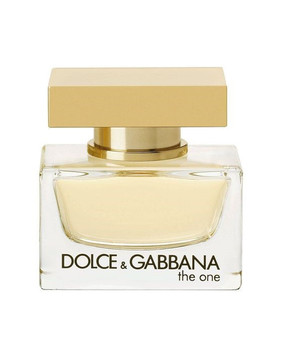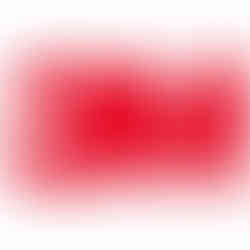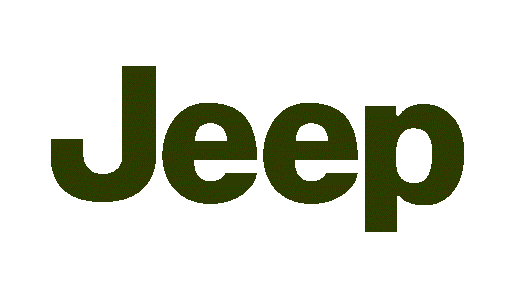Font Research
- Keiza Croque

- Jul 16, 2019
- 1 min read
Updated: Feb 15, 2021
Times New Roman
· Gets its name from the Times of London, the British newspaper.
· Designers: Stanley Morison and Victor Lardent
· Date released: 1932
· Font specimen: Transitional serif typeface
· Classification: mixed, transitional, and old-style
· Foundry: Monotype
· The design is slightly condensed, with short ascenders and descenders and a high x-height (tall lower-case letters), all effects that save space and increase clarity.
· Popular in book printing, general publishing, and newspapers.
Use in artworks
Futura
· Designers: Paul Renner
· Date created: 1927
· Category: Sans-serif
· Classification: Geometric sans-serif
· Foundry: Bauer Type Foundry
· To create a design with modern, clean elegance
· Design based on simple geometric forms — triangles, squares and near-circles.
· Long ascenders
· Used as a display and paragraph font and is seen in many notable and historic projects
Use in artworks
Helvetica
· Also knows as Neue Haas Grotesk
· Designers: Max Miedinger and Eduard Hoffmann
· Date created: 1957
· Category: Sans-serif
· Classification: Neo-grotesque sans-serif
· Foundry: Haas Type Foundary
· Variations: Helvetica Inserat, Helvetica Compressed, Neue Helvetica, and Helvetica now
· In 2007, director Gary Hustwit developed a documentary film about Helvetica detailing how this typeface has shaped the culture of typography and design.
· Has vertical or horizontal terminators in the stroke.
· Focuses on the space surrounding the letters.
· Has a monotone stroke weight.
· Easy to read while in motion, which is why it is often seen in airline or automobile logos.
Use in artworks































Comments